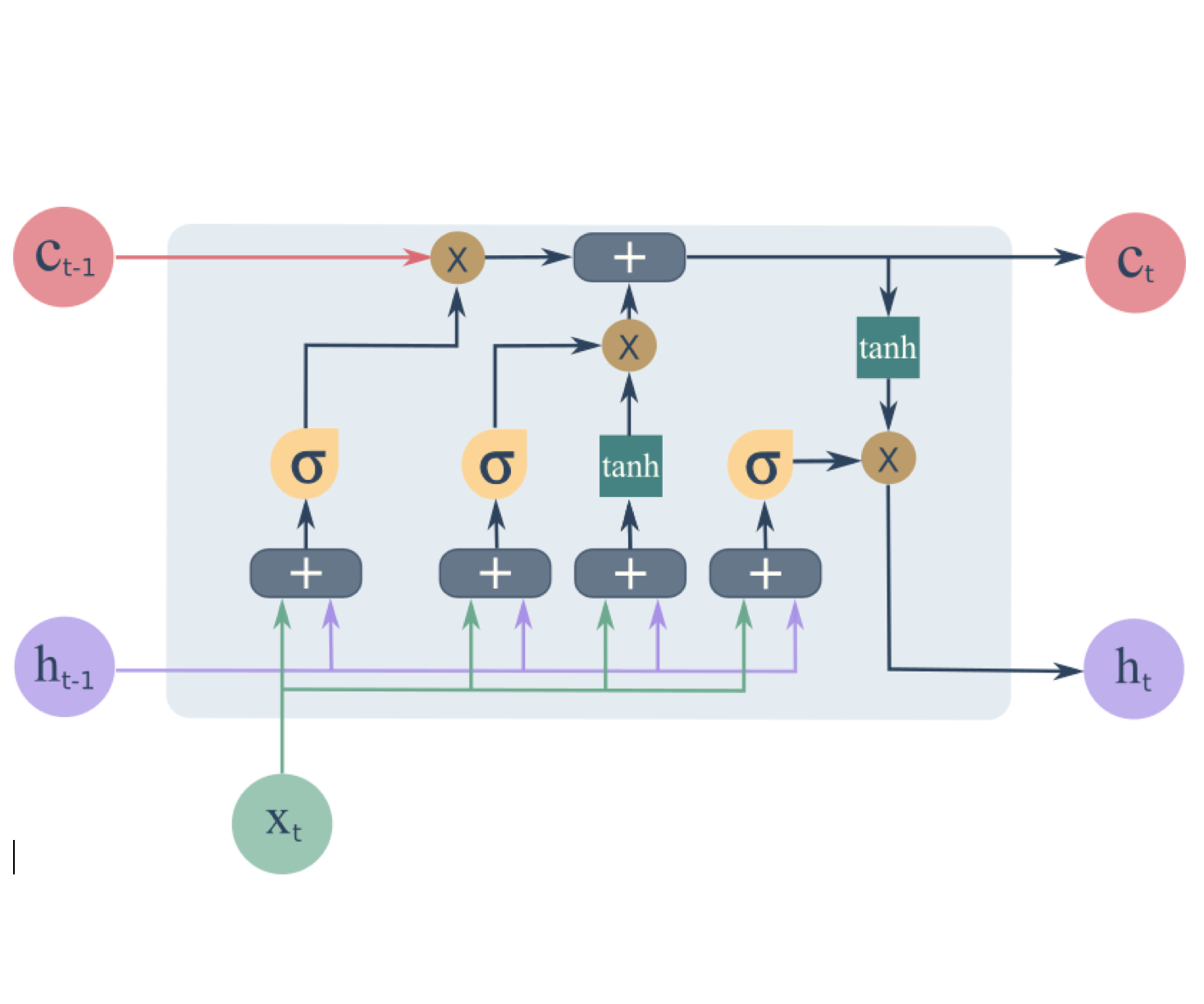Optimization and Machine Learning
Historical Matching is a technique for reservoir characterization that dynamically incorporates data observed in an actual field into the model. A key element in this process is reservoir simulation. The reservoir is characterized by its static properties (permeability), and the simulation result is dynamic data. Historical Matching effectively seeks to adjust the static properties so that the data obtained from the simulator output corresponds to the observed data.
One of the difficulties with this process is that the simulation has to be repeated several times until the output data is close enough to what is expected, requiring much time or computational effort depending on the size of the reservoir desired. In this respect, techniques involving Machine Learning and Neural Networks are suitable for replacing some of the simulation steps.
Regarding optimization and machine learning, we focus on developing and improving mathematical techniques capable of helping predict reservoir performance. We also seek to manage the uncertainties involved in reservoir characterization projects. We work with methods that involve gradient calculation or not. Our primary focus is on applying ensemble-based methods, such as ES-MDA, and machine learning and deep learning techniques to solve problems in the oil and gas industry.


